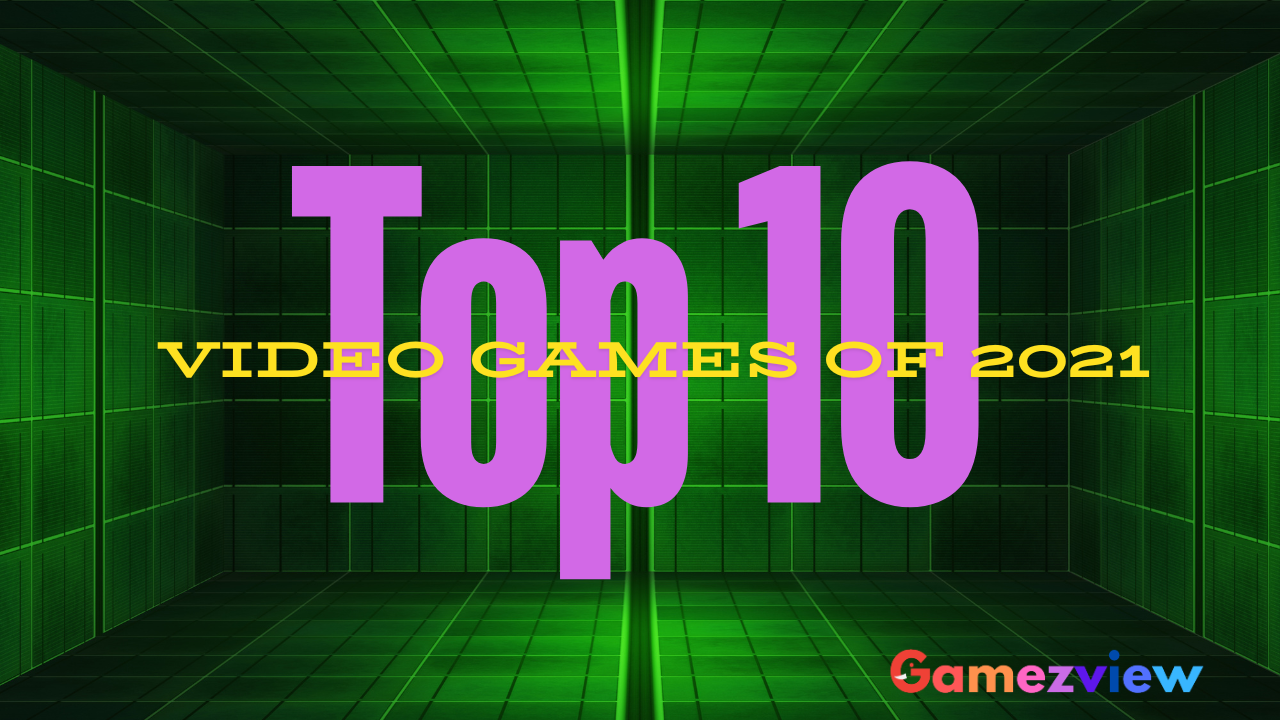The world of cinema has always been dynamic, constantly evolving with new technology, changing social attitudes, and the shifting demands of audiences. As we look ahead to 2025, several emerging trends are set to shape the movie landscape, bringing fresh ideas, innovative technologies, and unique storytelling techniques to the big screen. From the rise of AI and VR in filmmaking to the influence of global cinema, 2025 is shaping up to be an exciting year for the movie industry. Here are the key trends to watch for:
1. The Rise of AI in Filmmaking

One of the most transformative trends in filmmaking is the increasing role of artificial intelligence. While AI has already made its mark in other industries, in cinema, it’s only just beginning to unlock its full potential. By 2025, AI is expected to have a much more profound impact on various aspects of filmmaking—from scriptwriting to post-production.
AI in Scriptwriting
AI-powered tools are now capable of generating ideas, drafting screenplays, and even fine-tuning dialogue. As the technology continues to improve, it’s possible that AI could be used to co-write scripts, assist writers in overcoming writer’s block, or provide alternative storylines to explore. AI can analyze audience preferences and trends, creating films that resonate with global audiences.
AI in Filming and Post-Production
AI is also being used in the filming process itself. Machine learning algorithms can enhance camera work, adjust lighting for optimal visual effects, and even reduce the need for multiple takes by using predictive technology. In post-production, AI can automate tedious tasks like video editing, colour correction, and sound mixing, allowing filmmakers to focus more on the creative aspects of filmmaking.
While AI in filmmaking offers endless possibilities, it also raises questions about the role of human creativity in the industry. In 2025, we’ll likely see a continued balance between AI-driven technology and the need for human ingenuity.
2. Virtual Reality (VR) and Immersive Experiences
Hidden Gems of 2025: Underrated Movies You Shouldn’t Overlook
Virtual reality and immersive experiences are no longer just for gaming or experimental films. By 2025, VR will play a pivotal role in mainstream cinema, offering audiences a chance to experience stories in entirely new ways. VR allows viewers to not only watch a movie but to live it, offering an immersive, first-person experience that blurs the lines between film and reality.
Interactive Films
One of the most exciting VR trends in cinema is the rise of interactive movies, where the audience can influence the story’s direction. Films will evolve from passive viewing experiences to active participation, where viewers’ decisions shape the narrative, much like in video games. This could open up new possibilities for genre storytelling, particularly in science fiction, fantasy, and horror, where worlds are rich with possibilities.
360-Degree Storytelling
In addition to interactive elements, VR allows for 360-degree storytelling, where viewers can explore the environment of the film in all directions. This technique will offer a more immersive experience, allowing filmmakers to construct multi-layered narratives where viewers can focus on different aspects of the story.
For filmmakers, VR offers new ways to push creative boundaries. Imagine watching a crime thriller from the perspective of the detective, or experiencing an action sequence as if you were the hero, all while being surrounded by the world of the story in full 3D. By 2025, VR is likely to become a major tool in both mainstream cinema and indie films alike.
3. Global Cinema and Cultural Diversity
The global film industry has become increasingly interconnected, with audiences worldwide consuming movies from various cultures, languages, and regions. By 2025, we’ll see even greater cross-cultural collaborations, with filmmakers from different parts of the world joining forces to create films that cater to a global audience. The fusion of diverse storytelling traditions is expected to give rise to fresh, innovative narratives and genres.
Rise of Non-English Language Films
Non-English language films are no longer considered niche or limited to specific regions. Thanks to streaming platforms like Netflix, Amazon Prime, and Disney+, films from countries like South Korea, India, Nigeria, and Mexico have achieved international acclaim. In 2025, this trend will continue to grow, with more non-English language films finding global audiences and achieving critical and commercial success.
Collaborations Between Eastern and Western Cinema
Collaborations between Eastern and Western filmmakers are set to flourish in the coming years. Projects that blend Western-style filmmaking with the artistry of Eastern cinema, such as martial arts or Bollywood-style musicals, will become more common. These collaborations allow for a blending of styles, creating unique cinematic experiences that resonate with a wide range of viewers.
4. The Streaming Revolution and Theaters’ Adaptation

While the movie theatre industry faced unprecedented challenges due to the COVID-19 pandemic, the streaming revolution continues to reshape the way people consume films. By 2025, streaming platforms will likely have an even larger role in the industry, not only distributing films but also influencing production.
Direct-to-Streaming Films
The trend of direct-to-streaming releases will continue to rise in 2025. As streaming platforms like Netflix, Amazon, and Apple continue to invest heavily in original content, filmmakers will increasingly turn to these platforms for distribution. This is especially true for smaller-budget films that may struggle to find space in traditional theatres but thrive in the digital realm, where audiences can discover them with ease.
Theaters Reinventing Themselves
While streaming dominates, theatres are evolving to offer unique, high-end experiences that streaming cannot replicate. In 2025, theatres are likely to continue upgrading their facilities, offering premium experiences such as IMAX, 4D, and Dolby Atmos screenings. This reinvention will allow theatres to remain relevant in an era dominated by home viewing.
The competition between streaming services and traditional theatres will likely intensify, pushing both sectors to innovate to attract audiences. Movie studios may also experiment with hybrid releases, offering films in both theatres and on streaming platforms simultaneously.
2025 Movie Review Roundup: From Action to Drama, What’s Worth Watching?
5. Sustainability and Green Filmmaking
As global awareness of climate change and environmental sustainability grows, the film industry is starting to take steps to reduce its carbon footprint. By 2025, expect more studios and filmmakers to adopt eco-friendly practices in the production process.
Sustainable Filmmaking Practices
In the past, film productions were notorious for their heavy use of resources, from energy consumption to set construction. But by 2025, sustainability will be at the forefront of production design, with more filmmakers opting for green technologies, reducing waste, and incorporating energy-efficient solutions. Solar-powered sets, digital effects to replace elaborate physical constructions, and virtual production techniques (which use green screens and digital environments) are just a few examples of how the industry is becoming more sustainable.
Eco-Friendly Film Festivals
In addition to on-set changes, eco-conscious film festivals are becoming more prevalent. These festivals not only promote environmental films but also encourage filmmakers to adopt sustainable practices during their production. The rise of green film festivals and sustainability awards will reflect the growing demand for socially responsible filmmaking.
6. The Return of High-Concept Blockbusters
While the indie film movement has gained significant attention in recent years, the era of high-concept, big-budget blockbusters is far from over. In fact, by 2025, these films will likely see a resurgence, with studios continuing to invest in high-quality, visually stunning spectacles designed to capture global audiences.
Franchise Fatigue and Innovation
While franchise films (think superhero movies, reboots, and sequels) have dominated the box office in recent years, audience fatigue has begun to set in. To combat this, studios will need to innovate by offering fresh takes on existing franchises or introducing new, original concepts. The key to success will be balancing the familiar with the exciting, ensuring that blockbuster films feel fresh, innovative, and relevant to today’s audience.
Visual Spectacles with Heart
Audiences will continue to crave spectacle, but they will also demand substance. In 2025, the trend will be toward films that blend jaw-dropping visuals with emotionally resonant storytelling. This shift means that high-concept blockbusters will not only deliver amazing special effects but also tell stories that are deeply personal and meaningful.
7. Increased Use of Motion Capture and Digital Avatars
Motion capture technology has already revolutionized filmmaking, allowing filmmakers to create realistic CGI characters and scenes. By 2025, expect to see an even more prominent use of motion capture and digital avatars, both for creating characters and even as stand-ins for human actors.
Digital Actors and Avatars
Films may feature entirely digital actors, with AI and motion capture allowing filmmakers to create characters that are indistinguishable from humans. This trend raises questions about the future of acting, but it also opens up exciting possibilities for storytelling. Digital avatars could be used to bring back iconic actors who have passed away or create entirely new characters.
Revolutionizing Animation and Live Action
The blending of motion capture, digital avatars, and traditional animation will continue to push the boundaries of what is possible in filmmaking. Films that seamlessly combine live-action with animated elements or those that feature photorealistic CGI characters, will continue to rise in popularity as technology evolves.
As the movie industry hurtles toward 2025, it’s clear that innovation, technology, and globalization will continue to reshape how films are made and consumed. From AI-driven scripts and immersive VR experiences to the rise of global cinema and environmentally sustainable practices, the future of movies is both exciting and unpredictable. Whether you’re an avid moviegoer or a film industry professional, it’s a thrilling time to be involved in the world of cinema.




